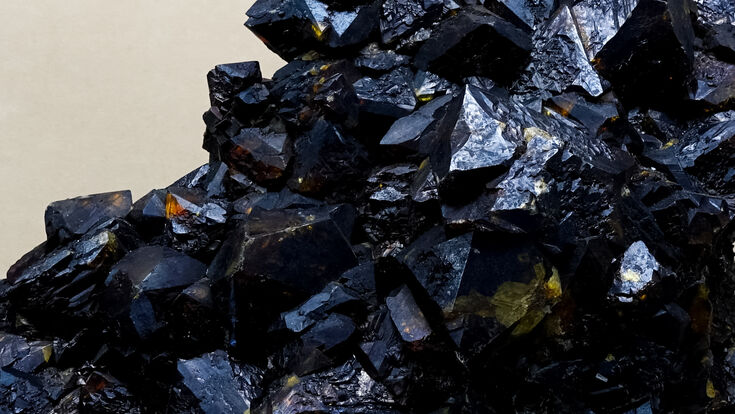Metal Recovery : Rare earth recovery is crucial, yet challenging

The world’s rare earth supply is in danger of running out just as demand is set to skyrocket.
Rare earth metals are critical materials used to manufacture smartphones, computers, wind turbines as well as electric vehicles.
With renewable energy growing ever more important in the face of the negative environmental impact of carbon-based fossil fuels, recovering rare earth elements takes priority for the global manufacturing industry.
Mining these materials presents a challenge, as, for example, cobalt, commonly used in car batteries stems from the Democratic Republic of Congo (DRC), a country notorious for human rights abuses.
In some cases, access to these raw materials could potentially be restricted due to political reasons-this could be a problem in the case of neodymium or yttrium which are found in smartphone displays, LED lights as well as flat-screen displays, as these materials are mostly sourced from China. (The country’s decision to limit exports in 2010 led to a worldwide surge in prices.) Said nation also suffers from the toxic aftermath of mining, exemplified by soil erosion and pollution as well as water contamination.
This leaves excavating e-waste as the only ethical as well as sustainable option to recover rare earth metals.
Yet the recycling of rare earth elements is not as straightforward as the recycling of major metals such as gold, silver or copper. This is partly because electronic goods only contain minuscule amounts of the materials in question, rendering efficient extraction difficult. The fact that smartphones don’t come with detachable batteries (a hub for rare earth metals) anymore similarly renders recovery challenging. The fact that the separation of relevant components requires aggressive solvents does not make the process any easier.
Often, the recycling process itself is too expensive to justify the effort while sometimes it can be just as environmentally harmful (for example, in the case of recycling computer hard drives for neodymium) as mining.
There are, however, solutions to this problem-shifting focus towards products with an inherently higher concentration of rare earth metals such as wind turbines, which contain several hundred kilograms of rare materials, is one such option.
Yet a recent study found that the amount of said products ready for recycling is limited, with cars and wind turbines only reaching the end of their lifecycles by 2030.
Some experts claim that landfilling electronic devices, until better, more cost-efficient recycling strategies are developed is the way to go-nonetheless, some companies trying to increase metal recovery output by investing in new technologies.
The onus being on these producers, a future where rare earth metal recovery is feasible on a larger scale does not appear that far removed in the long run.
